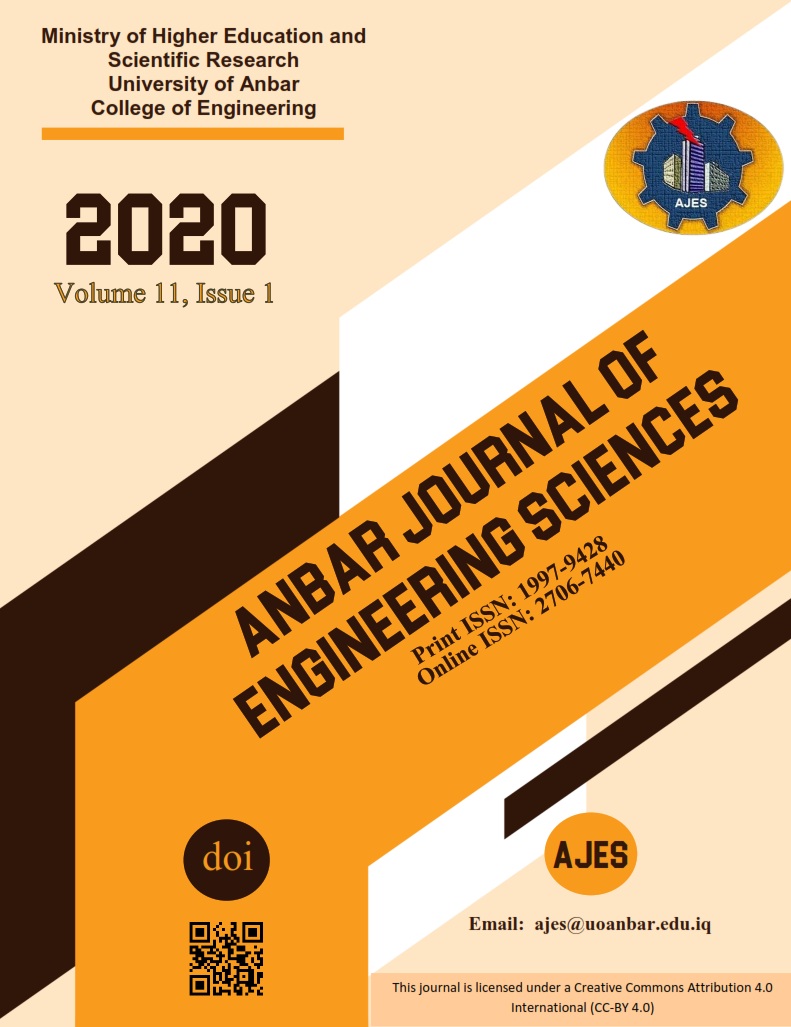Abstract
In this work the effect of degassing on hardness and microstructure of aluminum recycled cans using aluminum beverage cans scrap from different locations in Baghdad wastes had been studied. Aluminum cans were shredded and ground into small pieces. It was processed through a gas fired to eliminate the coated layer (paint or lacquer on the metal). Generally the scrap is divided into two groups before charging to the furnace, one without adding degassing and the other degased with (Ar-N2). When temperature exceed 690C° molten aluminum was pour into two molds, after cooling. The two ingots were expose to porosity test, hardness, and microstructure. It was found from recycled cans ingot behave like short freezing range alloys. The main form of shrinkage porosity is localized external sink, appeared at the heat centers or at last region to be solidify. This had been verified clearly by microstructure of many regions of the ingot without adding a degasser. Either defect or decrease in hardness was clearly seen in the ingot without degassing addition. In addition to oxides, a number of additional compounds could be considered inclusions (intermetallic phase particles) in cast structures. Where the main conclusion was to remove gases without using a degassing to ingot decadence on the first gas fire on the cans to remove all paint or lacquer on the metal, but this was not sufficient and properly we need to add degassing to ingots. Finally this was clearly shown from the results of the ingot with adding a degassing had 89 kg/mm2 HV rather than 61 kg/mm2 for ingot without degassing
